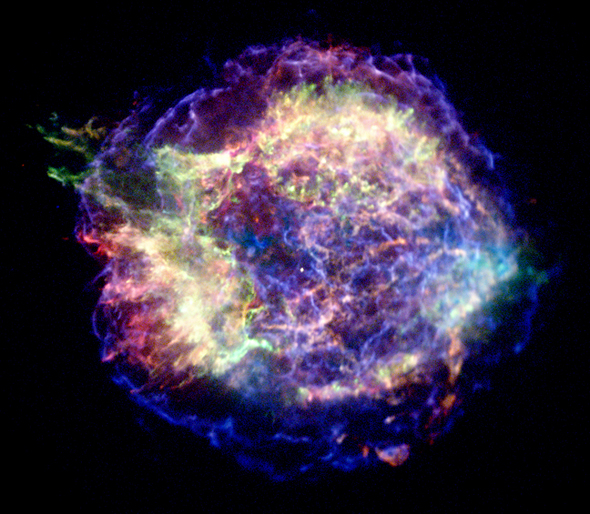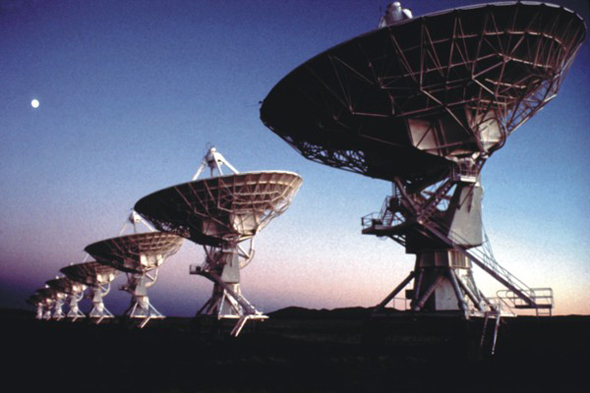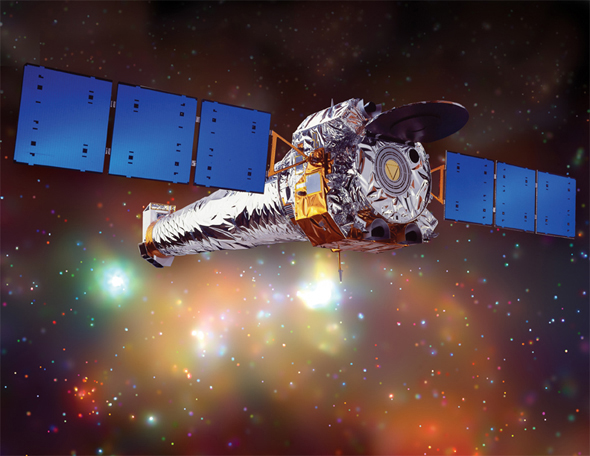
Media Telecon:
DISCOVERY OF MOST RECENT SUPERNOVA IN OUR GALAXYMay 14, 2008 (1 p.m. EDT)
Scientists have used NASA's Chandra X-ray Observatory and NRAO's Very Large Array to discover the most recent supernova explosion in our Galaxy, as measured in Earth's time frame.
-Press ReleaseLive audio of the teleconference will be streamed online at: http://www.nasa.gov/newsaudio
Instant replays are generally available one hour after a call ends, and will be through MAY-21-08 10:59 PM (CT)
Toll Free :866-501-2957
Toll: 203-369-1825
A video file about the discovery will air on NASA Television on May 14 at noon and 1pm (check the NASA TV schedule for additional times). NASA TV is carried on an MPEG-2 digital signal accessed via satellite AMC-6, at 72 degrees west longitude, transponder 17C, 4040 MHz, vertical polarization. NASA TV is available in Alaska and Hawaii on AMC-7 at 137 degrees west longitude, transponder 18C, at 4060 MHz, horizontal polarization.
Panelists:
Dr. Stephen Reynolds, North Carolina State UniversityDr. Dave Green, University of Cambridge
Dr. Robert Kirshner, Harvard Smithsonian Center for Astrophysics
Bios Page
Graphics:
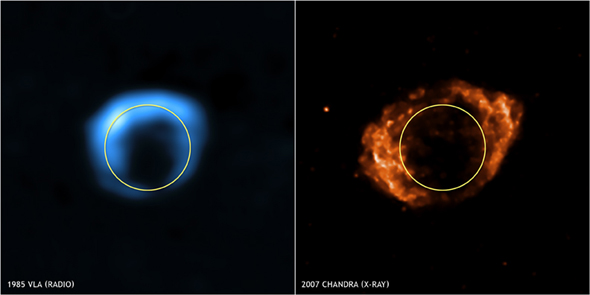
image to blink
Figure 1. (Cont'd). Blink between 1985 VLA and 2007 Chandra images (move cursor over image).

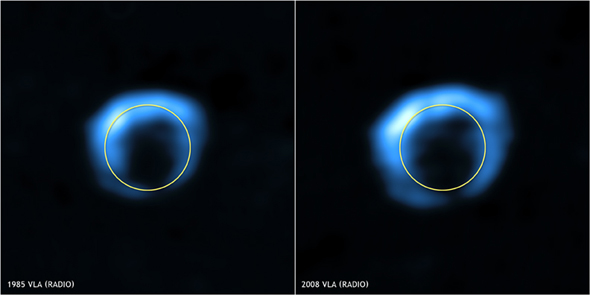
image to blink
Figure 3. (cont'd). Blink between 1985 and 2008 VLA images (move cursor over image).


Supplementary Graphics
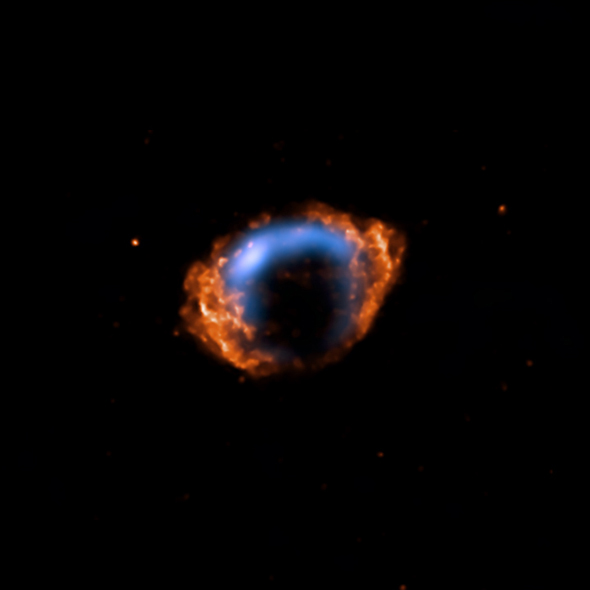
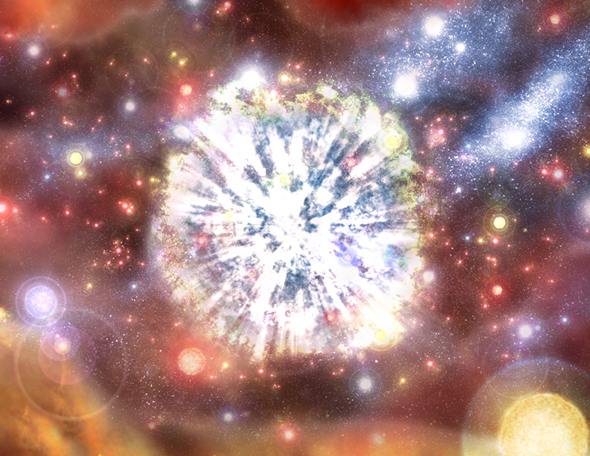
Figure 8. An animation showing a flight into the Milky Way's center and a supernova explosion there.
PLAY
Figure 9. A movie showing a large 2MASS image, with zooms to the Galactic Center and G1.9+0.3.
PLAY
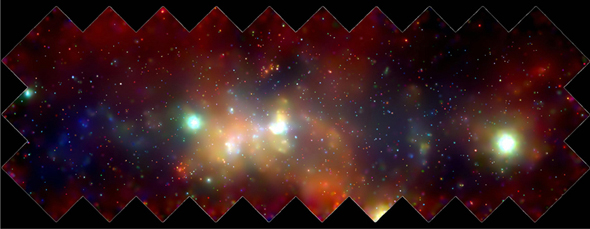
Figure 11.This extraordinarily deep Chandra image shows Cassiopeia A, the previous record holder for the youngest Galactic supernova remnant.
Figure 12. Landscape photo of the Very Large Array antenna with the moon.
Figure 13. Chandra X-ray Observatory - Spacecraft Illustration with Galactic Center Background.
Additional Information
Paper Title:THE YOUNGEST GALACTIC SUPERNOVA REMNANT: G1.9+0.3 (pdf format)
Full Author List: Stephen P. Reynolds(Department of Physics, North Carolina State University), Kazimierz J. Borkowski (Department of Physics, North Carolina State University), David A. Green (Cavendish Laboratory; Cambridge, UK), Una Hwang (NASA/GSFC), Ilana Harrus (NASA/GSFC) & Robert Petre (NASA/GSFC).
VLA radio confirmation paper:The radio expansion and brightening of the very young supernova remnant G1.9+0.3 (pdf format), David A. Green et al. 2008, MNRAS Letters
Scientist Contact Information:
Steve Reynolds: reynolds@ncsu.edu, 919-515-7751
Dave Green: dag@mrao.cam.ac.uk, +44 1223 337305
Bob Kirshner: rkirshner@cfa.harvard.edu, 617-495-7519
Links:
Image captions
Animation captions
Image release
Press release




